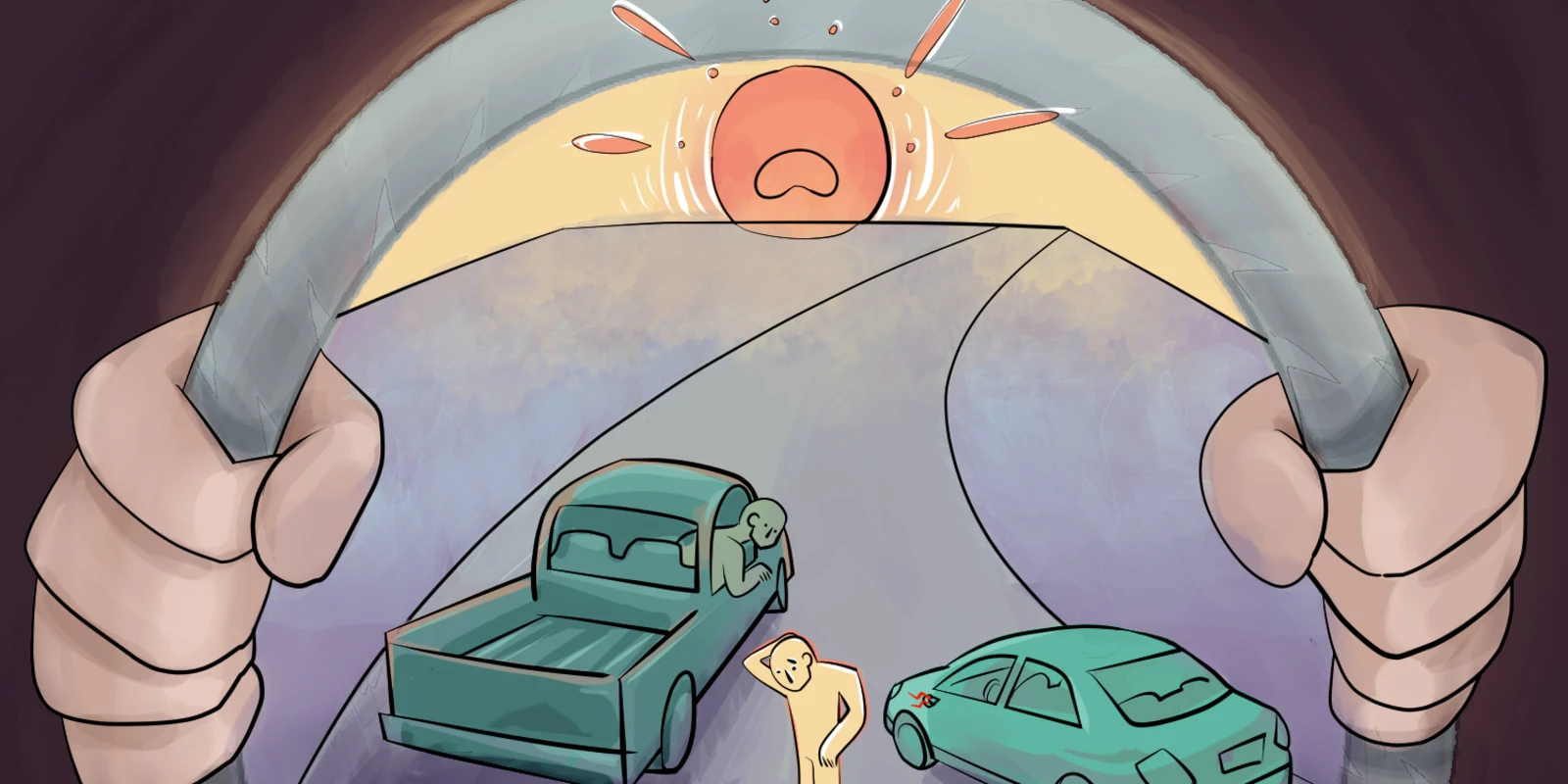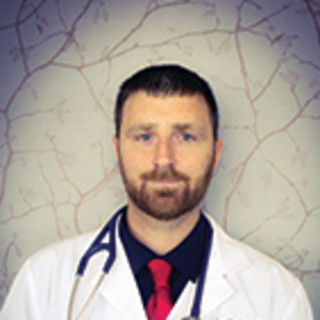 It is not something any of us want to experience, however, already twice in my medical career it has happened to me: You come across the scene of an automobile accident and first responders are not there yet. What do you, as a medical professional, do?
It is not something any of us want to experience, however, already twice in my medical career it has happened to me: You come across the scene of an automobile accident and first responders are not there yet. What do you, as a medical professional, do?
First of all, activate EMS; call 911. If there are other people on the scene you could at least make sure one of them has called for help, and has alerted dispatch to the number of vehicles involved, the location, and answer any questions the dispatch operator may have.
Second, make sure you are safe. I have taught classes for EMS in my community, and I cannot stress that enough. As you approach any emergency scene, make sure you are not putting yourself at risk. Assess the scene: is there any danger you need to avoid? Is there a perilous route to steer clear of? You do not want to be on the down slope side of a car in the ditch directly at risk of being crushed should it slide down. If there is a fire, you may or may not be able to help a victim to safety, but do not risk becoming an additional victim to do so.
Third, though typically first in our regular medical worlds: do no harm. Good Samaritan laws exist in all states, but if gross negligence can be proven, you may be legally vulnerable. If a person is alert and minimally injured, naturally help them out of the vehicle if you can. But if they are conscious and trapped, though in no immediate danger, it may be best to wait for EMS to arrive to safely remove the victim with Jaws of Life, and more man power. You do not want to drag a person out of a car if they have a stable spinal injury, and end up paralyzing them. That being said if they are not stable, they are not breathing, and/or have no pulse, then spinal protection takes a back seat to the ABCs of airway, breathing, and circulation. Furthermore, you cannot further assess an unstable patient unless you get them out of the vehicle and obtain proper exposure. They may be in shock due to blood loss and failure to address the source will lead to their death.
When it comes to accident scene basic life support (BLS), there are many factors to consider that may not typically arise in the situations we are used to. The first scene I came across there was little I could do for one of the victims; she was likely dead on impact. I found her face down in the ditch on a rainy autumn morning, the victim of a motorcycle rollover. As listed above, I approached the scene, found no danger to myself, and assessed her. Not breathing, no pulse, possibly lying in a pool of rainwater. Her spinal protection took a backseat to airway and circulation. A nurse was also on the scene, and helped me roll the victim over and we started chest compressions, right there in the mud. Now again, I suspect she was already too far gone (not wearing a helmet) but the chest compression quality in the ditch was subpar compared to what we could have achieved on the side of the road. You certainly lack resources, such as a backboard, when you are the first on the scene.
If all appears well the last consideration is maintaining a safe accident scene. Most decent people will pull over when they come across a motor vehicle accident, but depending on the type and severity of the accident there are people who will drive right through the car pieces strewn across the road. Trust me, I have seen it. For this reason keep everyone on the side of the road a safe distance from traffic. Monitor for signs an initially well-appearing individual is worsening. This could be a victim complaining of neck pain, limb weakness, lightheadedness, etc. that may alert you a critical injury may indeed be presenting itself and need addressing. In Advanced Trauma Life Support (ATLS) I learned that there are four areas (plus the floor) to watch for blood loss: abdominal, pelvic, chest, and thigh. Monitor for an internal bleed leading to sudden decompensation.
When EMS arrives I think it is best to inform the responding team of your assessment of who appears most critical, what aid you have rendered, and any other vital information you believe would allow them to take over the care of the injured and manage the scene better. Certainly it will be helpful — if the victims cannot — to help identify which vehicle you removed the victim from so the responders will be better informed of the extent of damage the occupants' vehicle suffered. Do keep in mind when the team arrives they will be focused on their job and might brush you off as they rush to the wounded. This actually happened to me during the second accident scene I was part of. As I had actually witnessed the accident, and assessed the victims, I thought I could provide vital information. When the EMS responders hopped out of the ambulance, I introduced myself to the driver and presented the details of the collision including occupant location, and my assessment of the victims. He rushed past me toward the accident scene without acknowledging me. That is fine, they are trained to quickly gather vital information and act promptly. A well-appearing individual loses their focus as they see the injured before them. Do not interfere with them doing so, but do offer the information, and if they desire, further assistance in tending for the victims.
In trauma situations, seconds can mean the difference between a victim surviving or not. We have the ability to assist the EMS team in achieving this goal more so than any other bystander. We may be used to being on the in-house part of this team, but can be just as helpful out in the field as long as we approach the scene carefully, and provide a level of care on par with the trained individuals en route.
Sean is the lead advanced practice provider at Decatur Health, Oberlin, Kansas. He enjoys writing not only online, but has published a book Through the Eyes of a Young Physician Assistant. When the outdoors call, it is to go golfing, fishing, or hunting with his sons. He tweets at @SeanConroyPAc. Sean is a 2019-2020 Doximity Fellow.
Illustration by April Brust







